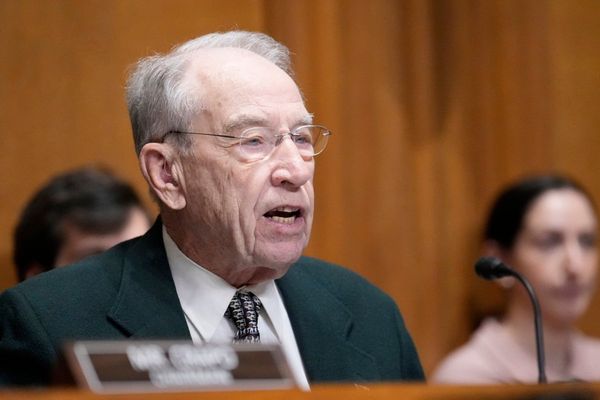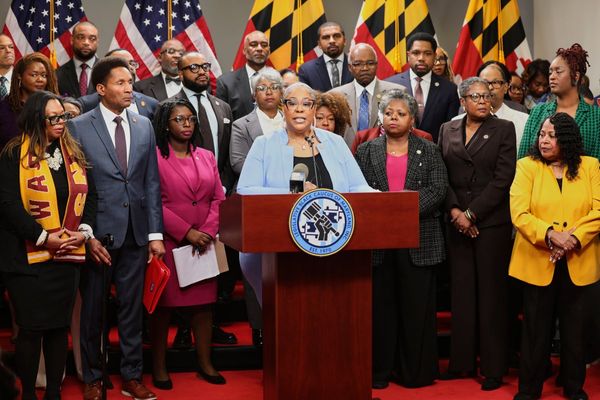
- The Trump administration is preparing to bypass Congress and unilaterally increase the 2.5% duty levied on most new light-duty vehicles imported into the United States. This could reignite inflationary pressure on new cars that have spiked in cost by 20% over the past five years.
Just when consumers had hoped the price of new cars would finally stabilize, President Donald Trump is threatening to hike them again.
On Friday, the new administration said the president was just warming up with his steel and aluminum tariffs, which take effect on March 12. Next up is the auto industry, where he could raise import duties that currently rest at just 2.5% of the value of imported light-duty vehicles like sedans and SUVs (pickup trucks built outside of North America have long been subject to 25% tariffs).
Asked when the industry could expect higher duties on passenger cars across the board, Trump said he was planning to level the boom in a matter of weeks.
“Maybe around April 2nd,” the president said, looking to his commerce secretary nominee, Howard Lutnick, who confirmed, “That’s right.”
Soon to be confirmed today by the Senate, Lutnick’s first task will be to finalize the so-called Section 232 investigation and report how the import of passenger cars poses a risk to national security. This could enable the White House to bypass Congress and levy tariffs that are not under the executive branch’s purview.
“I would have done them on April 1st, believe it or not, [but] I’m a little superstitious,” added Trump, who didn’t yet reveal the extent of the tariff hikes his government is planning.
American consumers pay for tariffs, not foreign manufacturers
While Trump was elected for a number of reasons, a key plank of his campaign was a promise to bring the spiraling national debt under control while jump-starting more blue-collar jobs that had been outsourced to low-wage countries like Mexico and China, among others.
His solution to both—hiking import tariffs to fill government coffers and encourage domestic manufacturing—clashes with another important pledge: tackling the cost-of-living crisis.
Much like his 2016 pitch to voters he would build a wall on the southern border and get Mexico to pay for it, Trump convinced many Americans it won’t cost them anything since it would all conveniently be borne by foreigners.
While countries do in fact lobby very hard to avoid higher import duties, that is owing to another reason entirely. Higher tariffs make Japanese-, Korean-, and German-built cars, for example, less competitive in the marketplace, leading over time to the loss of jobs in these countries.
The actual cost, however, is paid by the business importing the goods at the border and then typically passed on to the customer. This isn’t limited to imports, either. Domestic manufacturers tend to follow their foreign competitors, knowing they can hike prices and pocket the higher profits without risking a loss of market share.
Cars were a major factor driving inflation post-COVID
That means Americans can likely soon expect the cost of their newly purchased car will be inching up again, especially as the March 12th tariffs on steel and aluminum also drive factory gate inflation at domestic carmakers such as Ford and Tesla.
Over the past 10 years, the average price of a new light vehicle has already experienced a remarkable change. During the first five, they fluctuated in a narrow band, ultimately edging half a percentage point higher at the end of the period.
In the subsequent five years that followed, however, they surged 20% by comparison. Together with used cars, they were a major factor contributing to the pace of inflation hitting highs not seen since November 1981.
This surge in price stemmed from a number of factors, including technological shifts that saw premium EVs like Teslas reach mainstream popularity. First and foremost, however, the surge resulted from a semiconductor shortage that brought the steady supply of new automobiles to a screeching halt.
Prices for new cars peaked in September 2023, shortly after Elon Musk began to launch a debilitating industrywide price war after realizing he built more factory capacity than he had in actual demand. But overall, they remain at elevated levels.







